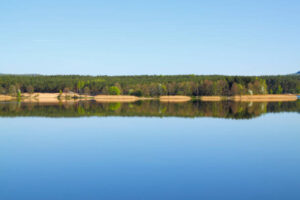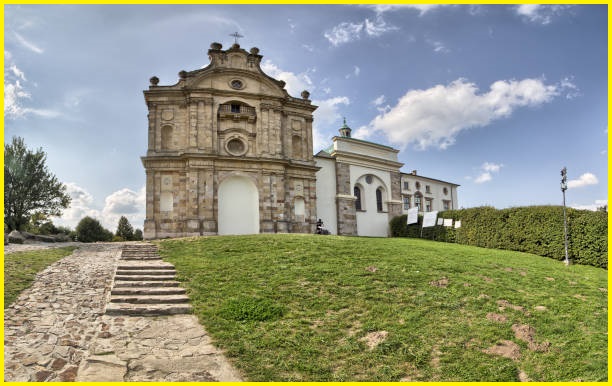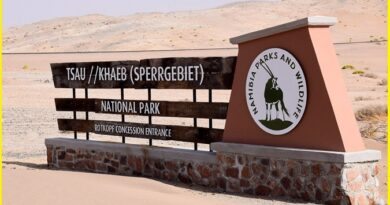Świętokrzyskie Mountains: Poland’s Geologic Heritage
The Holy Cross Mountains Geopark
The Holy Cross Mountains Geopark is situated in Poland, specifically in the western part of Świętokrzyskie. Situated in the Świętokrzyskie Mountains, Poland’s oldest mountain range, the Holy Cross Mountains Geopark spans five communities. It boasts remarkable geo-diversity and rich cultural heritage, featuring attractions such as Paradise Cave adorned with stalagmites and stalactites, an active quarry of Upper Devonian limestone, the Royal Castle in Chęciny perched on a rocky hill, numerous church and monastic complexes, several Centers for Geological Education, fascinating museums, and more. Dating back 400 million years, its rock formations provide insights into both natural and cultural histories. The Holy Cross Mountains Geopark in Poland has earned the prestigious UNESCO Geopark Label, marking it as the first entirely operated within Poland.
The name “Holy Cross Mountains” derives from a Christian relic housed in a nearby Benedictine monastery on Łysa Góra, reputed to be a small piece of wood from the Cross on which Jesus Christ was crucified. The Geopark serves as an inviting destination for outdoor enthusiasts, showcasing stunning landscapes, numerous historic landmarks, and intangible cultural treasures. The Holy Cross Mountains Geopark stands as a true geological gem, promising a wealth of exploration and discovery.
Also, read- An Ice Town in Foot Hills of Tatra Mountain-Zakopane Poland
Key geological features of the Geopark include:
Outcrops showcasing interesting formations of middle and upper Devonian limestones.
Outcrops of tectonic forms that represent Caledonian, Variscan, and Alpine movements.
Hydrothermal veins contain calcite, barite, galena mineralization, and deposits of copper ore.
Numerous remnants of historical mining and quarrying, document the history of human activity within the region.
Numerous karst forms represent the Permian-Triassic and Cenozoic terrestrial periods. Apparent correlations between geological structures and morphology, known as structural morphology.
Rocky formations and limestone crags on hill ridges.

Świętokrzyskie Mountains



